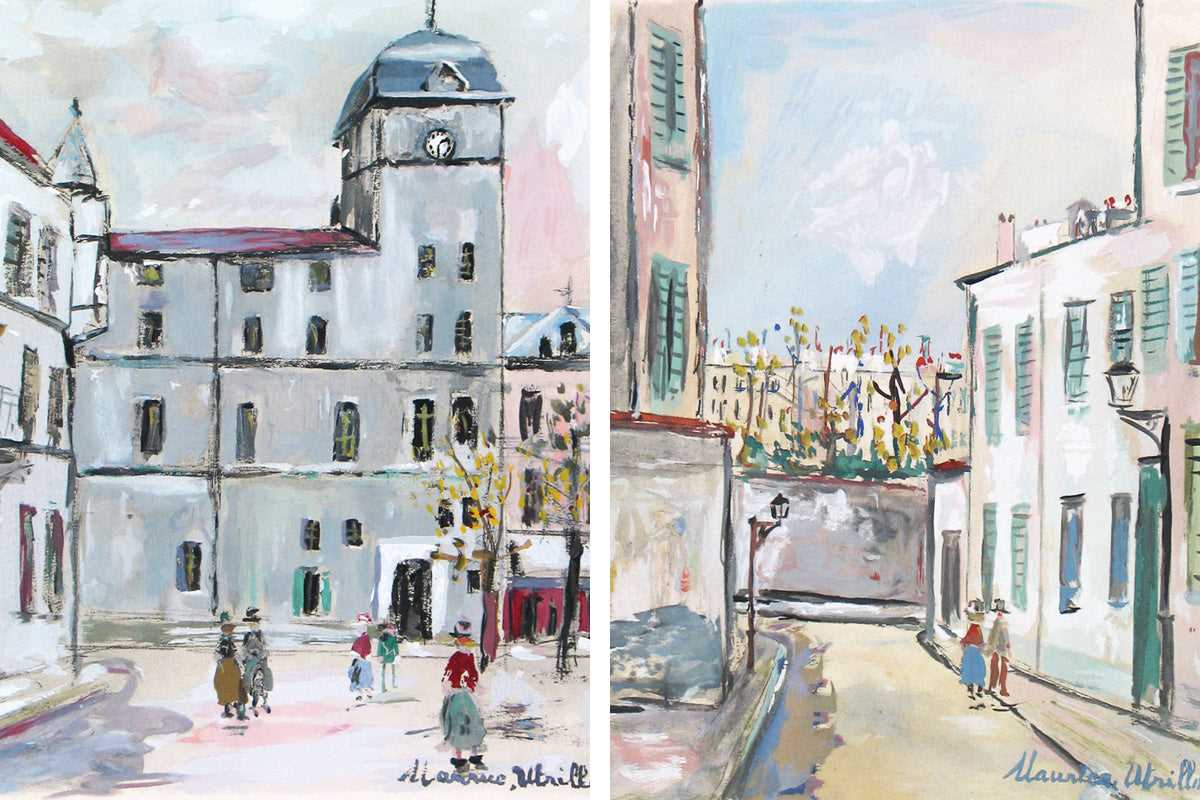
Pochoirs street art is a captivating form of urban art that has its roots in the early 20th century. Derived from the French word for “stencil,” pochoirs can be traced back to the vibrant artistic movements that emerged in Europe during the early 1900s. This unique technique involves cutting intricate designs into a stencil and then applying it to various surfaces.
The origins of pochoirs street art can be found in the artistic movements of the early 20th century, such as Futurism and Cubism. These movements emphasized the use of bold colors, geometric shapes, and unconventional perspectives. Artists began experimenting with stencils as a means to reproduce their works quickly and easily in public spaces.
The pochoir technique gained further popularity in the 1920s and 1930s with the rise of the Art Deco movement. Artists like Erté and Tamara de Lempicka used stencils to create intricate and highly stylized designs. Pochoirs became a prominent feature of the Art Deco aesthetic, adorning everything from fashion illustrations to posters and book covers.
Today, pochoirs street art has evolved into a vibrant and influential form of artistic expression. Street artists around the world utilize this technique to create captivating works that engage and provoke thought. Through the use of stencils, they are able to reproduce their designs quickly and efficiently, making their mark on public spaces with ease. Pochoirs street art continues to push boundaries and challenge traditional notions of art, captivating viewers with its striking imagery and powerful messages.
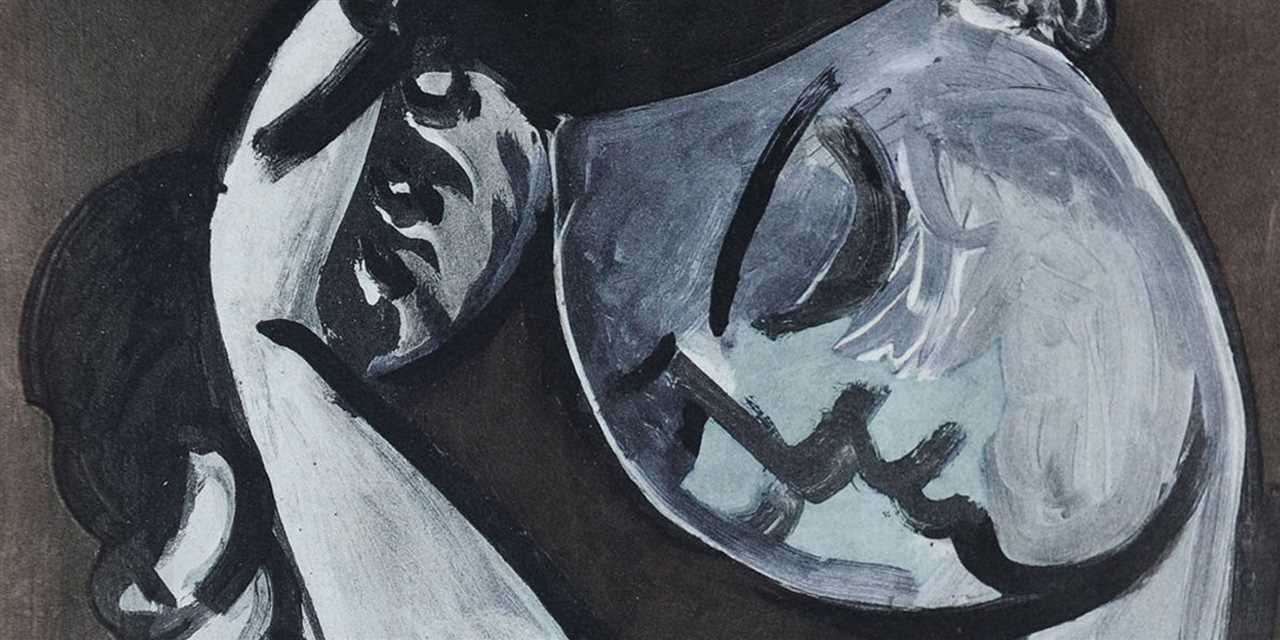
The techniques used in pochoirs street art involve stenciling and layering to create unique and visually stunning works of art.
1. Stenciling: Stenciling is the foundation of pochoirs street art. Artists create stencils by cutting out designs on a thin and durable material such as plastic or cardboard. The stencil is then placed on the desired surface, and paint is sprayed or brushed over it to create the image. This technique allows for precise and detailed designs to be replicated quickly and efficiently.
2. Layering: Layering is another important technique used in pochoirs street art. Artists often create multiple stencils in different shapes and sizes to build up layers of colors and textures. By layering stencils and carefully applying paint, artists can create depth and dimension in their works. This technique adds complexity and visual interest to the final composition.
Creating Texture
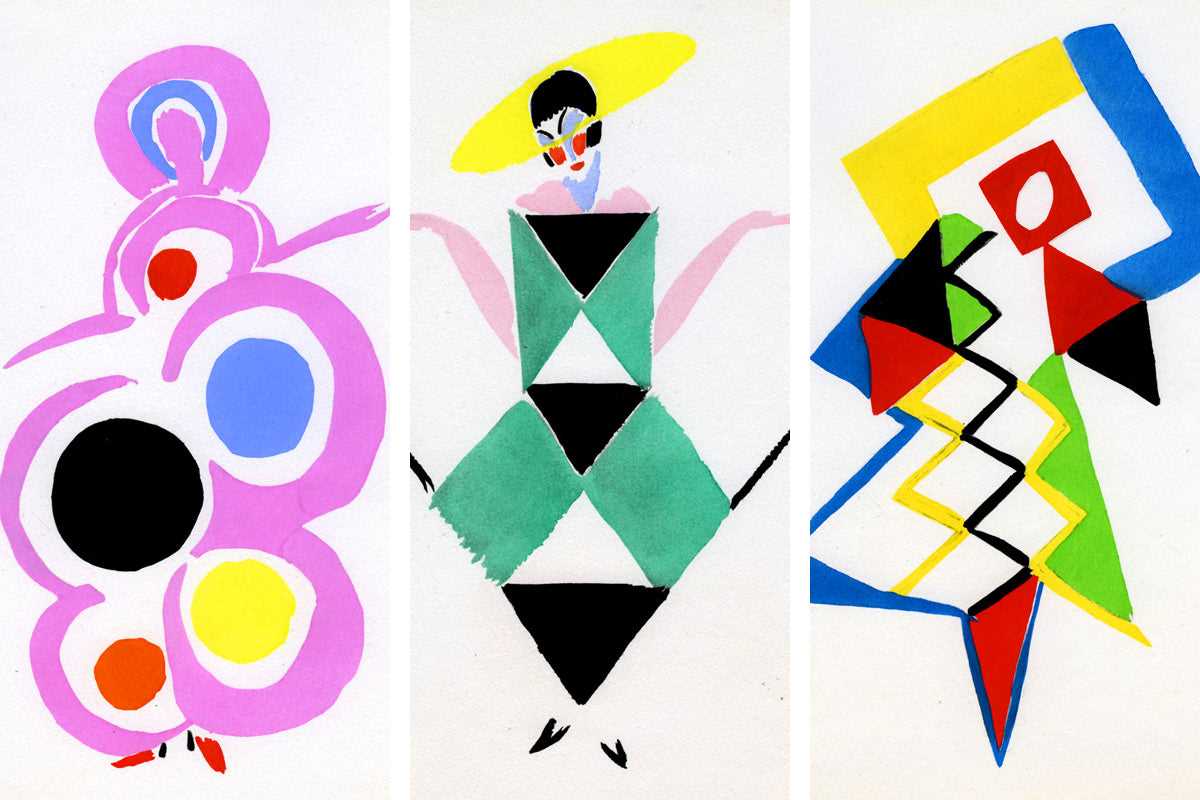
3. Texture: Texture is an essential element in pochoirs street art. Artists often use various tools and materials to create texture in their works. This can include sponges, brushes, or even unconventional items like leaves or fabric. By manipulating the paint and materials, artists are able to add texture and tactile qualities to their stenciled images.
Choosing Colors

4. Color Selection: Color choice is a crucial aspect of pochoirs street art. Artists carefully select colors that complement their design and convey the desired mood or message. The use of vibrant and contrasting colors can make the artwork stand out and grab the viewer’s attention. Additionally, artists may use different shades and tones to add depth and dimension to the composition.
The Urban Landscape as a Canvas
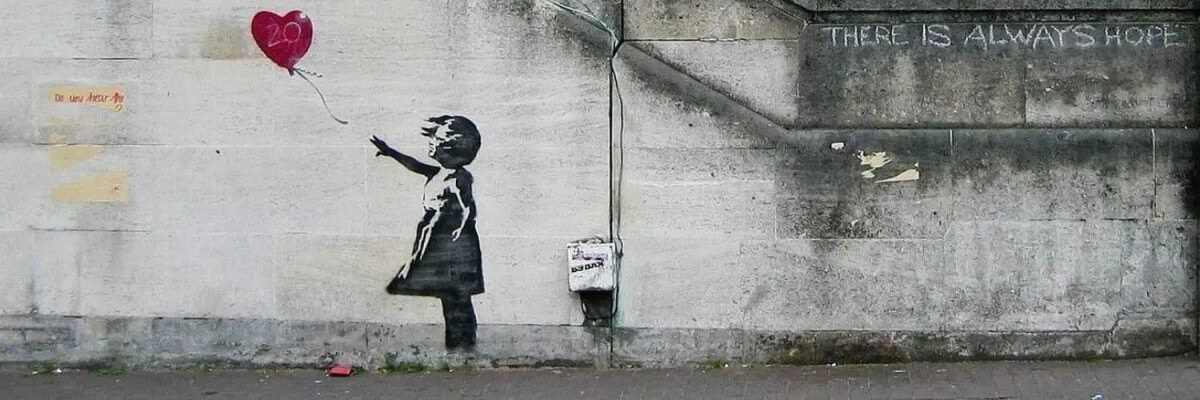
From sprawling murals on the sides of buildings to small, intricate stencils on lampposts, street artists have found endless opportunities to express themselves in the urban environment. The city streets become their gallery, allowing their art to reach a wide audience and spark conversations about society, culture, and politics.
Unlike traditional art forms that are often confined to galleries or museums, street art breaks free from the constraints of the art world, making it accessible to all. It invites people from different backgrounds and walks of life to engage with art on a daily basis, blurring the line between the artist and the viewer.
The urban landscape provides artists with a unique canvas, filled with different textures, surfaces, and spaces waiting to be transformed. The crumbling walls, abandoned buildings, and neglected alleys become opportunities for artists to bring life and beauty to forgotten spaces.
Street art also challenges the notion that art should be permanent and unchanging. The ephemeral nature of street art adds an element of excitement and surprise to the urban landscape. What may be a captivating mural one day could be replaced or erased the next, allowing new artists and ideas to take its place.
Through their work, street artists bring a sense of energy and vitality to the city streets. They invite us to look at our surroundings in a new way, encouraging us to question and reflect on the world we live in. The urban landscape becomes a dynamic and ever-evolving art gallery, showcasing the creativity and imagination of artists from all walks of life.
As we navigate the streets of our cities, let us not only see the concrete and steel but also the art that is etched into its walls. Let us appreciate the beauty and messages that street art brings, and let it inspire us to find our own creative expression in the urban landscape.
The Evolution of Stencil Designs
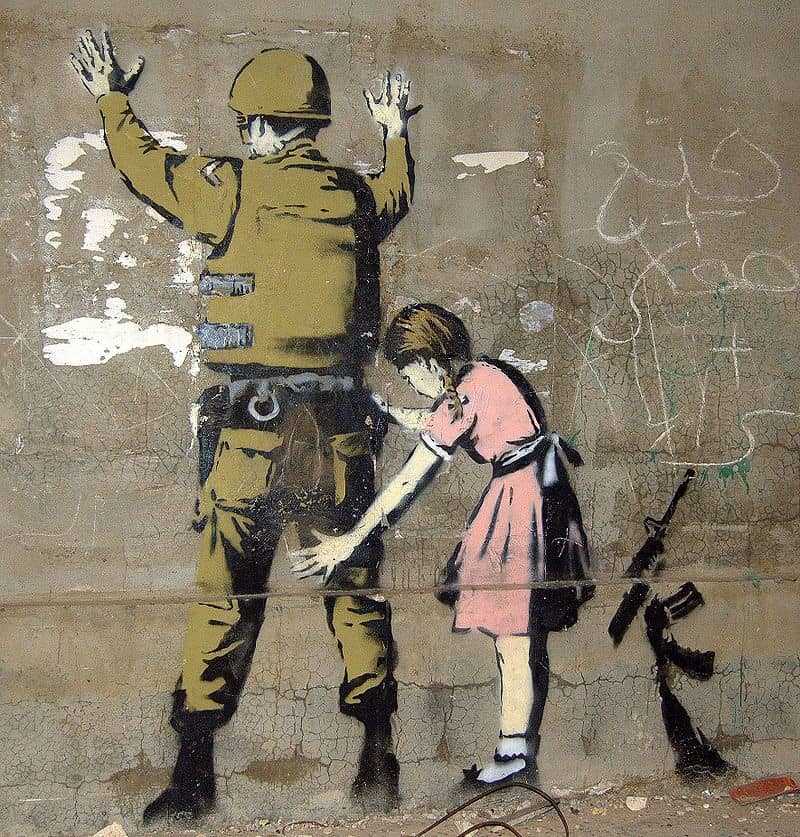
Stencil designs have a rich history that can be traced back to ancient times. The use of stencils can be seen in various cultures and artistic movements throughout history.
Ancient Stencil Designs
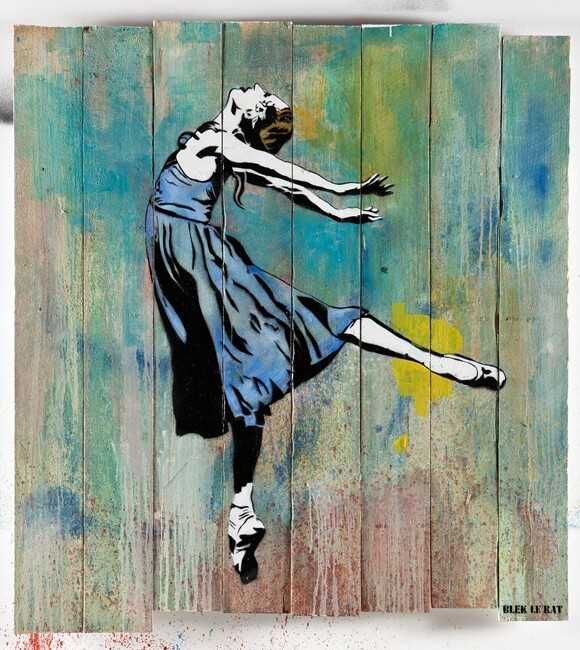
Ancient civilizations such as the Egyptians and Greeks used stencils to create intricate patterns and designs on their pottery and architectural structures. These stencils were typically made from materials such as clay or wood and were used to transfer the desired design onto the surface.
The use of stencils continued to evolve during the Renaissance period, with artists like Leonardo da Vinci and Michelangelo using them to create detailed outlines for their paintings and sculptures. Stencils were also commonly used in textile printing during this time.
Stencils in Modern Art Movements
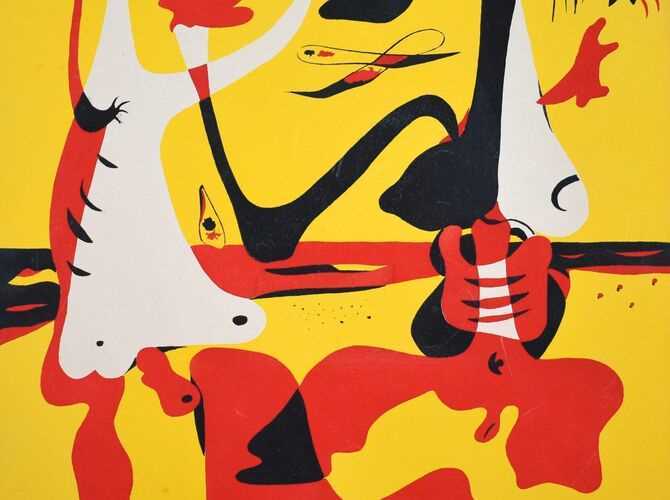
In the 20th century, stencils gained popularity among various art movements. The Dadaists and the Constructivists, for example, used stencils as a means of creating bold and politically charged imagery. Stencils allowed artists to quickly reproduce their designs on a large scale, making them a powerful tool for spreading their messages.
Stencil art really flourished with the advent of street art in the 1970s and 1980s. Artists like Blek le Rat and Banksy began using stencils to create intricate and detailed designs on walls and other public spaces. Stencil art became an effective way for these artists to communicate their ideas and criticisms of society to a wider audience.
Today, stencil designs continue to evolve and push the boundaries of what can be achieved with this technique. Contemporary stencil artists experiment with different styles, textures, and sizes to create truly unique and captivating artworks. Stencil designs are now commonly seen on canvases, murals, and even clothing.
The evolution of stencil designs reflects the ever-changing landscape of art and the ways in which artists adapt and innovate. Stencils provide a versatile and accessible medium for artists to express their creativity and leave a lasting mark on the world.

I am a mural enthusiast and a fervent admirer of street art. Rather than creating murals myself, I am passionate about collecting them. My love for street art knows no bounds. I am dedicated to curating and cherishing these artworks that grace the streets. My collection stands as a testament to my profound appreciation for this form of artistic expression.
read about me



